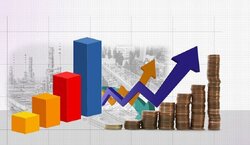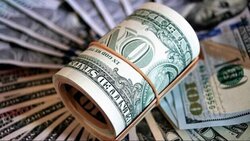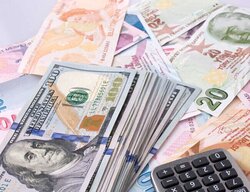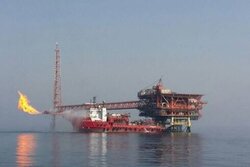
World Bank revises up Iran’s GDP forecast for 2022
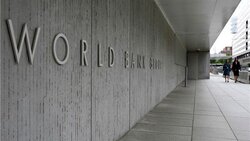
The bank had previously estimated the Islamic Republic’s GDP growth at 2.4 percent for 2022, in its Global Economic Prospects (GEP) report released in January.
“Iran’s economy continues its gradual recovery that started in mid-2020, driven by the oil sector and services. However, water and energy shortages led to a contraction of the agriculture and industry sectors,” the recent report said.
A recovery in Iran’s oil and service sectors (11.7 and 6.5 percent growth, respectively) – following a return of global and domestic activity after the start of the pandemic – led to a five percent year on year growth in late 2021-early 2022, the bank said.
However, the agriculture sector contracted by 2.1 percent due to drought and energy blackouts. On the demand side, a 3.4 percent expansion in consumption drove GDP growth as activity returned closer to pre-pandemic levels. Imports growth (25.5 percent) outweighed the pick-up in exports (5.4 percent), and investment also declined (5.2 percent).
The economic rebound has yet to be reflected in the labor market as the recovery was largely driven by the oil sector, and employment growth in services and industries could not compensate for job losses in the agriculture sector, the report stated.
The bank puts Iran's economic growth at 4.1 percent in 2021 and about 3.4 percent in 2020.
World Bank which had estimated Iran's inflation rate at 40.1 percent for 2021 believes that it would fall to 37.6 percent this year and 34.8 percent next year.
“Higher projected oil prices in the outlook period and growth in oil export volumes considering the tighter global oil market are forecast to curb fiscal pressures. However, high expenditure growth due to increasing wage bills and pension spending is projected to keep the fiscal balance in a deficit of 3.8 percent of GDP in 2022-24.” the bank said in its report.
Source: Tehran Times


Gold price edges up as market awaits Fed minutes, Powell speech

Glencore trader who led ill-fated battery recycling push to exit

Emirates Global Aluminium unit to exit Guinea after mine seized

Iron ore price dips on China blast furnace cuts, US trade restrictions

Roshel, Swebor partner to produce ballistic-grade steel in Canada
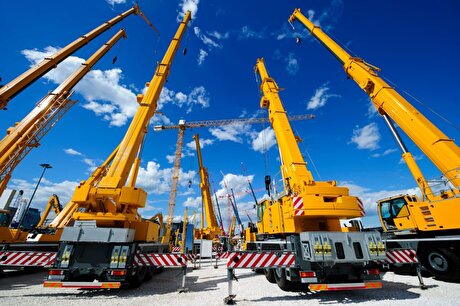
US hikes steel, aluminum tariffs on imported wind turbines, cranes, railcars

Trump weighs using $2 billion in CHIPS Act funding for critical minerals

EverMetal launches US-based critical metals recycling platform
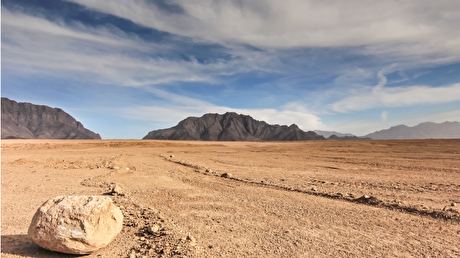
Afghanistan says China seeks its participation in Belt and Road Initiative

Energy Fuels soars on Vulcan Elements partnership

Northern Dynasty sticks to proposal in battle to lift Pebble mine veto

Giustra-backed mining firm teams up with informal miners in Colombia

Critical Metals signs agreement to supply rare earth to US government-funded facility

China extends rare earth controls to imported material

Galan Lithium proceeds with $13M financing for Argentina project

Silver price touches $39 as market weighs rate cut outlook

First Quantum drops plan to sell stakes in Zambia copper mines
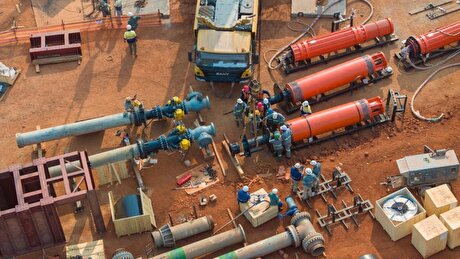
Ivanhoe advances Kamoa dewatering plan, plans forecasts

Texas factory gives Chinese copper firm an edge in tariff war

Energy Fuels soars on Vulcan Elements partnership

Northern Dynasty sticks to proposal in battle to lift Pebble mine veto

Giustra-backed mining firm teams up with informal miners in Colombia

Critical Metals signs agreement to supply rare earth to US government-funded facility

China extends rare earth controls to imported material

Galan Lithium proceeds with $13M financing for Argentina project

Silver price touches $39 as market weighs rate cut outlook

First Quantum drops plan to sell stakes in Zambia copper mines

Ivanhoe advances Kamoa dewatering plan, plans forecasts

